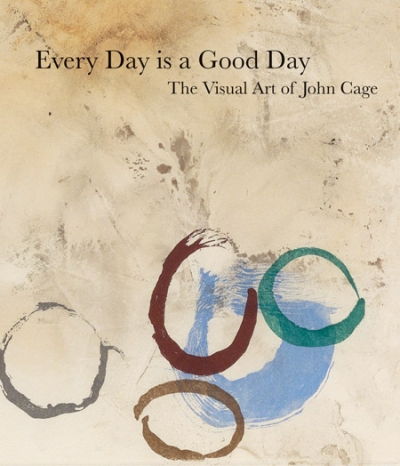
Every Day is a Good Day. The Visual Art of John Cage
One of the twentieth century's most influential and iconoclastic protagonists, John Cage (1912-1992) may be described not so much as a composer, artist and author, as a thinker who applied his ideas equivalently to sound, visual art and writing. As with his music, the use of chance operations--in particular via the Chinese Book of Changes, or I Ching--was central to Cage's approach to visual art, determining technique, the placement of forms and even tonal values. Every Day is a Good Day provides the first broad assessment of Cage's art, and is fully illustrated with plates of his drawings, watercolors and prints, including series such as Where R=Ryoanji (1983-92). Cage's working methods and philosophies are brought to light in new interviews with key collaborators: printmaker and writer Kathan Brown, founder of Crown Point Press; Laura Kuhn, Director of the John Cage Trust; artist Ray Kass; and Julie Lazar, curator of Cage's composition for a museum, Rolywholyover: A Circus. Extracts from a 1966 interview between John Cage and critic Irving Sandler are also reproduced. At the heart of the book is a "Companion to John Cage," a selection of quotes by Cage and notes on key themes and influences, all of which make it essential reading on this important figure of the twentieth-century avant garde.








